People of Trieu Thuong commune take care of peanuts in the spring crop of 2025 - Photo: XV
Most notably, in 2020, the district built a large field with an area of 1,605 hectares, and at the same time tested and put into production short-term rice varieties with high yield and quality, increasing value per unit area. As a result, the proportion of high-quality rice varieties accounted for over 80% of the area, with rice yield reaching 56.5 quintals/ha, an increase of 3.2 quintals/ha compared to 2015.
New production models are being developed such as natural farming rice models, organic and semi-organic rice production, and smart agricultural models adapting to climate change. At the same time, inefficient rice growing areas are gradually converted to other crops such as green beans, corn, lotus, etc. for higher efficiency.
Along with that, localities in the district converted some production forest areas to grow medicinal plants, restored citrus fruit trees and introduced some new crops into production such as Thai custard apple, Bo Chinh ginseng, and maintained and cared for 679.25 hectares of rubber in the hilly area.
In the field of livestock, Trieu Phong district develops in the direction of concentrated farms and farms with joint ventures and product consumption links, and builds and replicates high-tech production models in raising chickens and pigs, improving cattle herds, and leaner pigs. The proportion of zebu cattle accounts for 60% of the total herd.
Regarding fisheries, after the marine environmental incident, aquaculture has gradually recovered and developed in a sustainable direction. Along with expanding the semi-industrial farming area, localities have gradually applied science and technology in high-tide shrimp farming in coastal areas, biosafety shrimp farming, and shrimp farming in the form of two-phase rearing. In 2020, the aquaculture area reached 887 hectares, with a harvest of 2,825 tons, the freshwater fish farming area reached 307 hectares, with a harvest of 400 tons. Seafood exploitation, catching, and processing activities have gradually recovered, with a harvest output of 3,435 tons in 2020.
In addition to the achieved results, the District Party Congress for the 2020-2025 term also pointed out the shortcomings and limitations such as agricultural production not yet associated with processing, preservation, product diversification, small-scale livestock farming, high-tech livestock farming models, and biosafety not being widely replicated. Land accumulation has not met the requirements, the management capacity and production and business activities of cooperatives are still weak.
Faced with that situation, Trieu Phong district determined that in the period of 2020-2025, it would actively transform agricultural production towards increasing value, gradually building clean agriculture. To achieve the set goals, the district continues to promote investment in technical facilities, apply scientific and technological advances in production, effectively exploit the potential and advantages of each region to develop diverse economic models.
At the same time, production is linked to processing and consumption markets, with priority given to investment in building intra-field transport infrastructure and irrigation systems. On the other hand, Trieu Phong district continues to plan production areas in the direction of developing high-quality rice, increasing value, and sustainable development based on the potential and strengths of existing land and irrigation water resources.
In the field of livestock, Trieu Phong district focuses on herd restoration, total herd recovery, and at the same time encourages people to raise livestock in an industrial, semi-industrial, and farm direction with a connection of input and output factors, and raising far from residential areas to protect the environment. Focus on implementing the program of zebu-izing cattle herds, lean-forming pigs along with strongly developing foreign sows and F1 sows to improve the quality and quantity of livestock herds.
For the coastal area, along with the development of aquaculture, Trieu Phong district has directed the upgrading and building of new boats and fishing gear, while supporting fishermen to go offshore and stick to the sea as well as promoting fishing logistics services and traditional industries associated with building product brands. It is recommended that people comply with the planning of shrimp farming areas, strengthen management measures on breeds, feed, and transfer of technical advances to be proactive in shrimp farming.
Promote intensive investment in freshwater fish farming models, develop VAC models, and specialize in fish to increase value per unit area. Continue to survey, mobilize capital, and mobilize people to build commercial shrimp farming models, two-phase shrimp farming, and high-tech shrimp farming to increase the value of the agricultural sector. Strengthen propaganda and mobilize people to expand production and improve products to participate in the OCOP Program.
With that approach, in 2024, the production value of the agricultural, forestry and fishery sector will reach 1,418.5 billion VND, the average rice yield will reach more than 63 quintals/ha. Clean agricultural models using natural farming methods, smart agricultural production adapting to climate change, and technology application models are increasingly being replicated, bringing high efficiency.
In particular, the district has maintained large-scale field production in 55 cooperatives with an area of over 1,900 hectares, organized natural rice production on 71 hectares and 82 hectares according to VietGAP standards, and developed many areas of fruit trees and medicinal plants in hilly and sandy areas, while improving the herd of cattle using domestic zebu semen and foreign semen specializing in meat with a scale of 1,341 heads.
Many high-tech shrimp farming models following the CPF-Combine process, green-legged shrimp farming, black apple snail farming, and yellow-fin pomfret farming in tarpaulin-lined ponds in the coastal areas have brought high economic efficiency. In 2025, Trieu Phong district strives to achieve an agricultural, forestry and fishery value of 1,486 billion VND, of which agriculture is 1,091 billion VND, fishery is 232 billion VND, and the rest is forestry.
Xuan Vinh
Source: https://baoquangtri.vn/phat-trien-kinh-te-nong-nghiep-o-trieu-phong-10-nam-nhin-lai-192317.htm


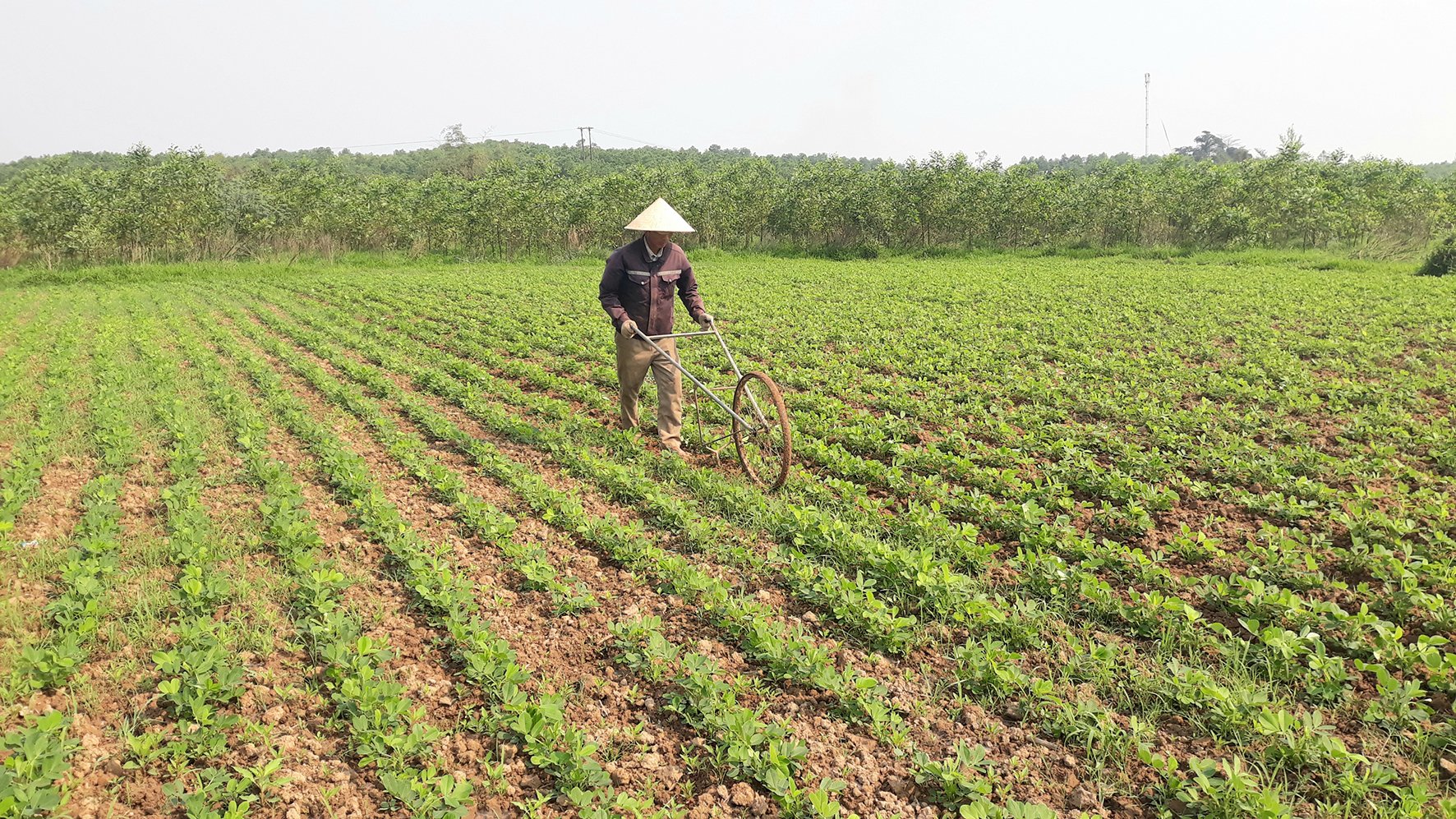

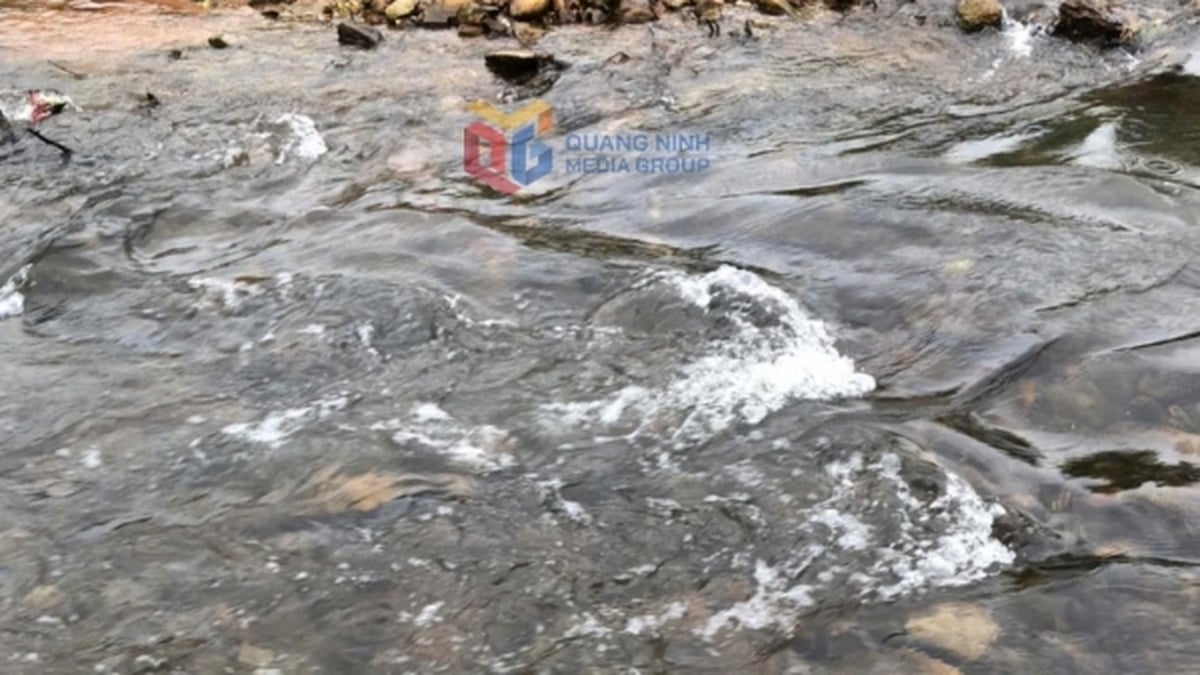
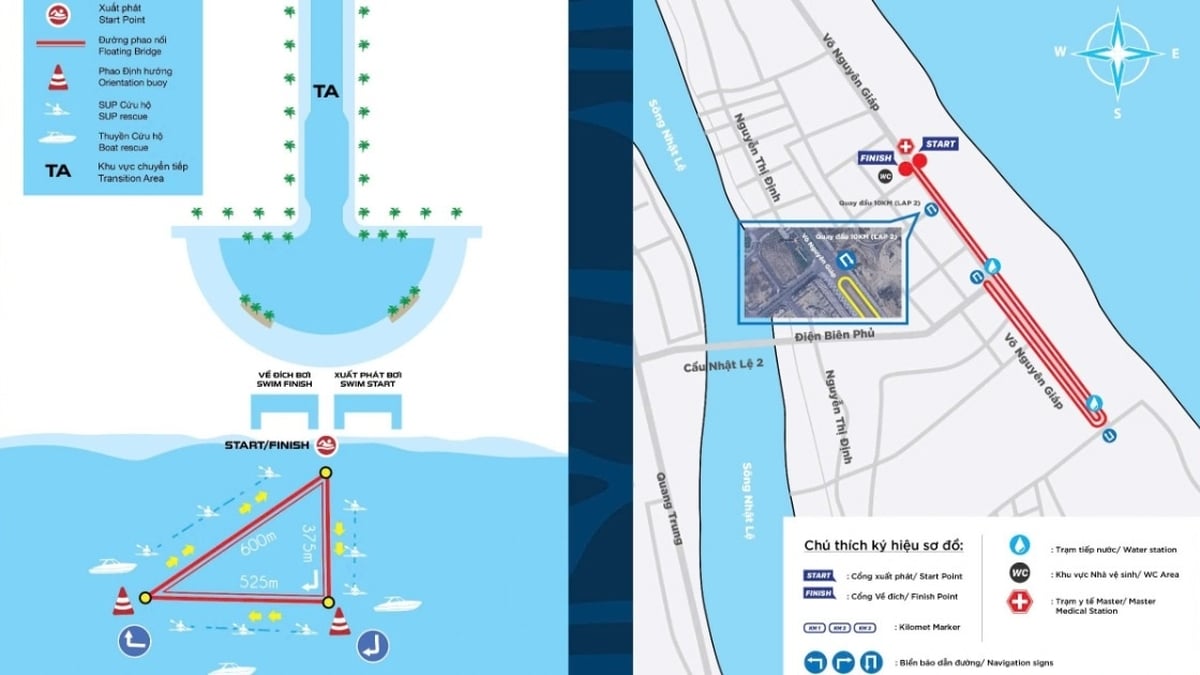
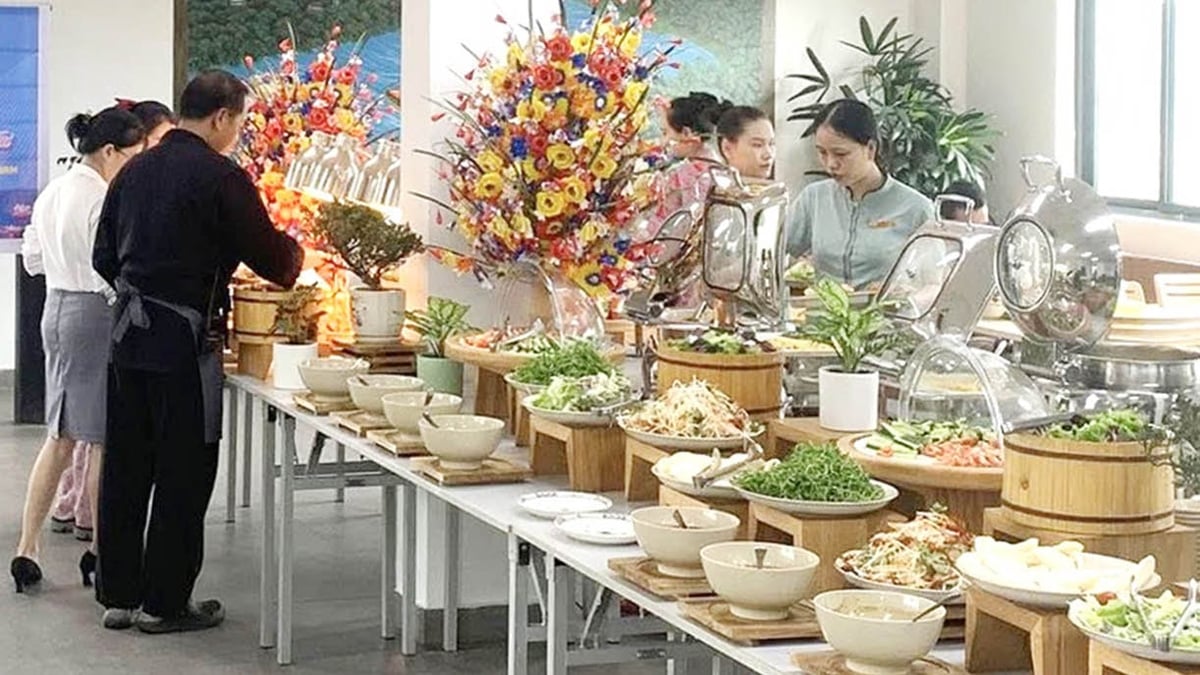

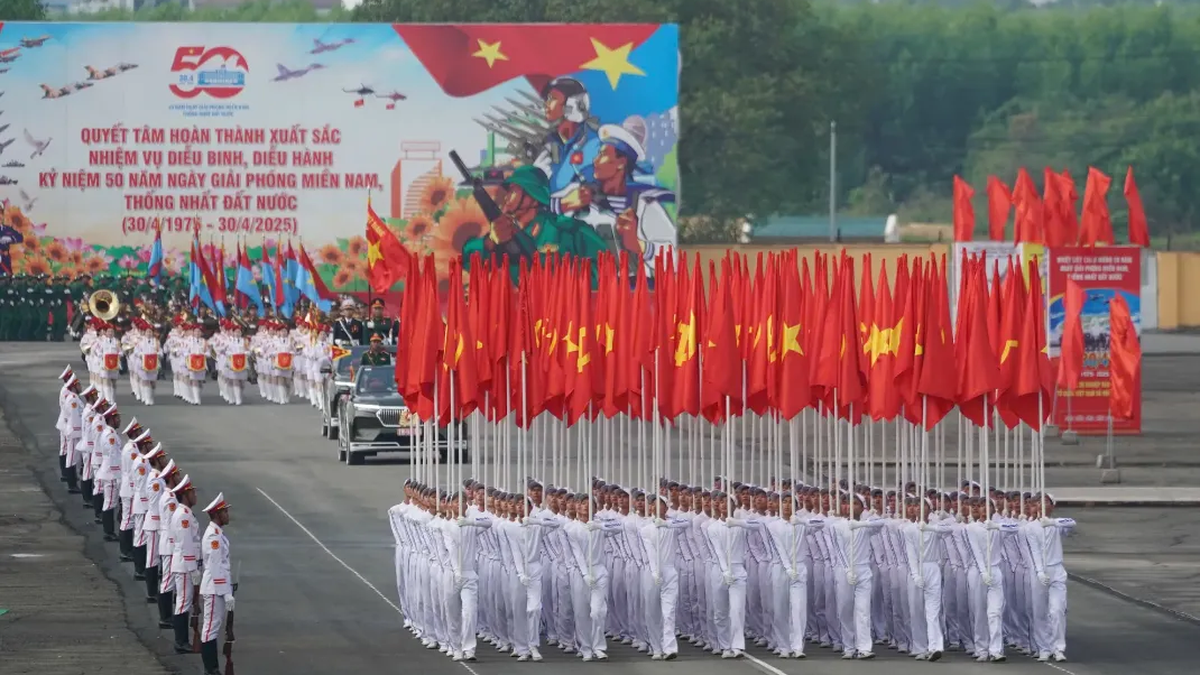
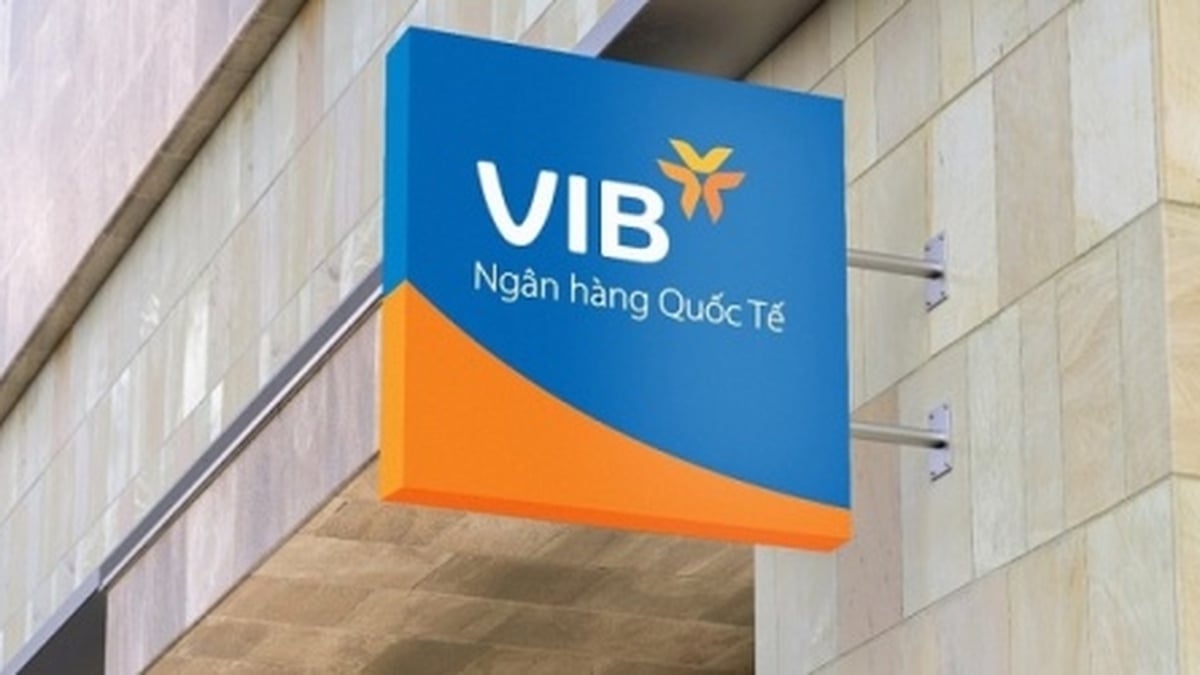
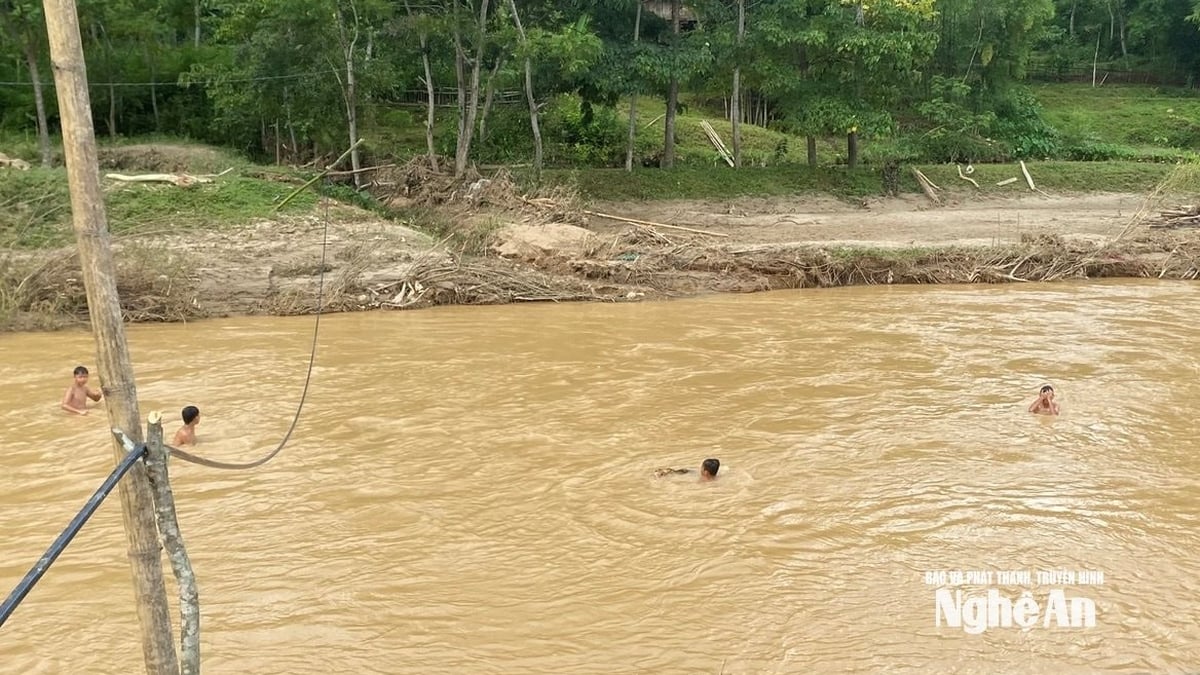
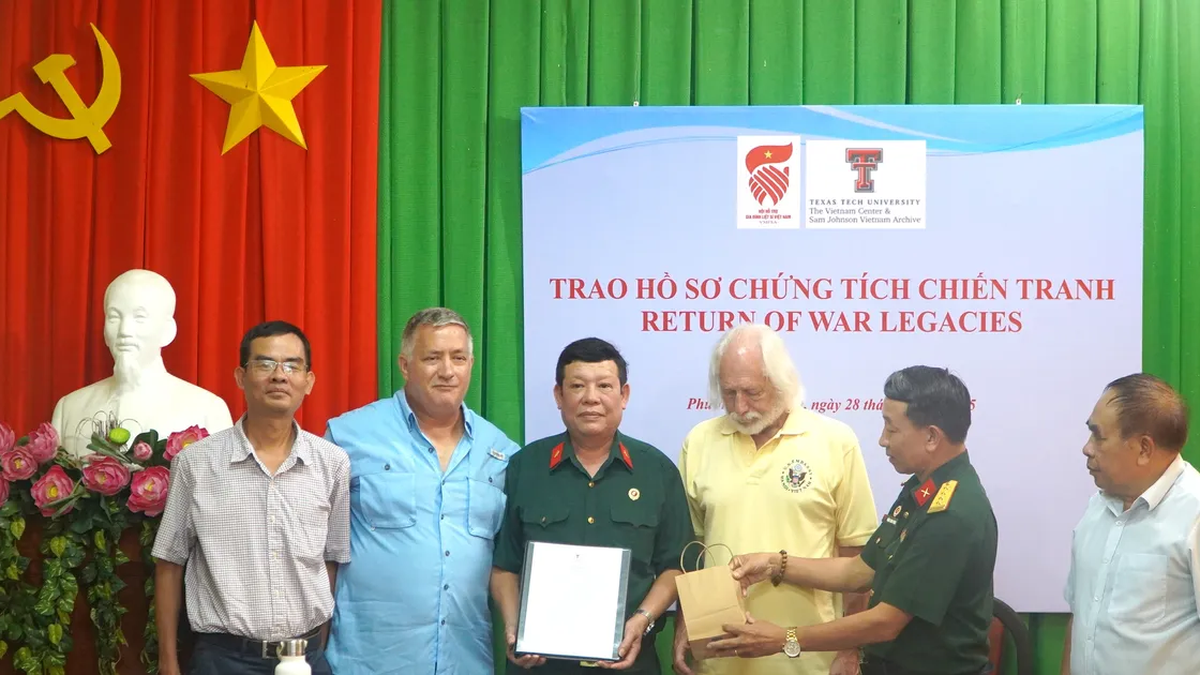
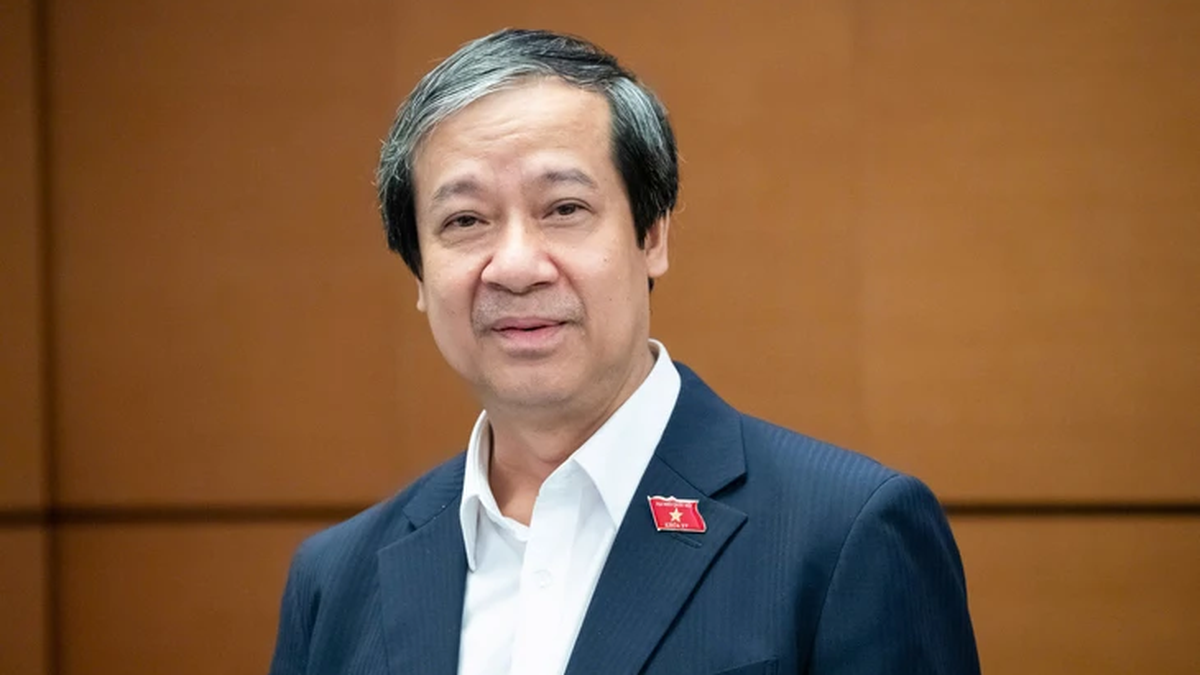















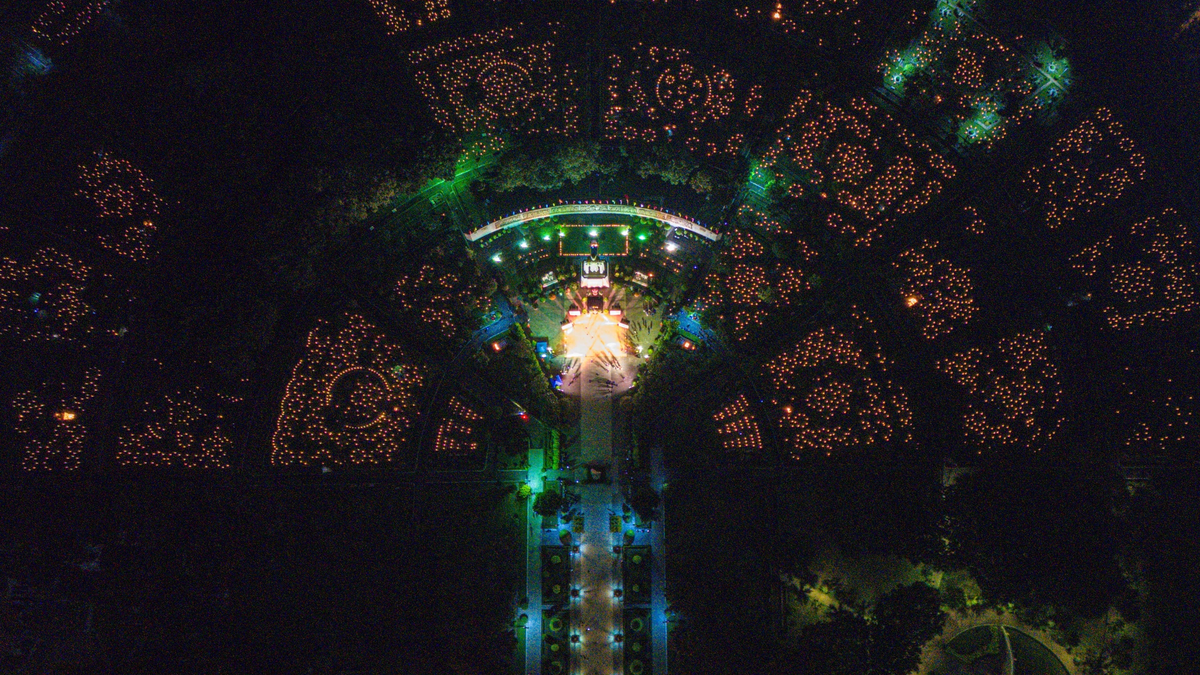
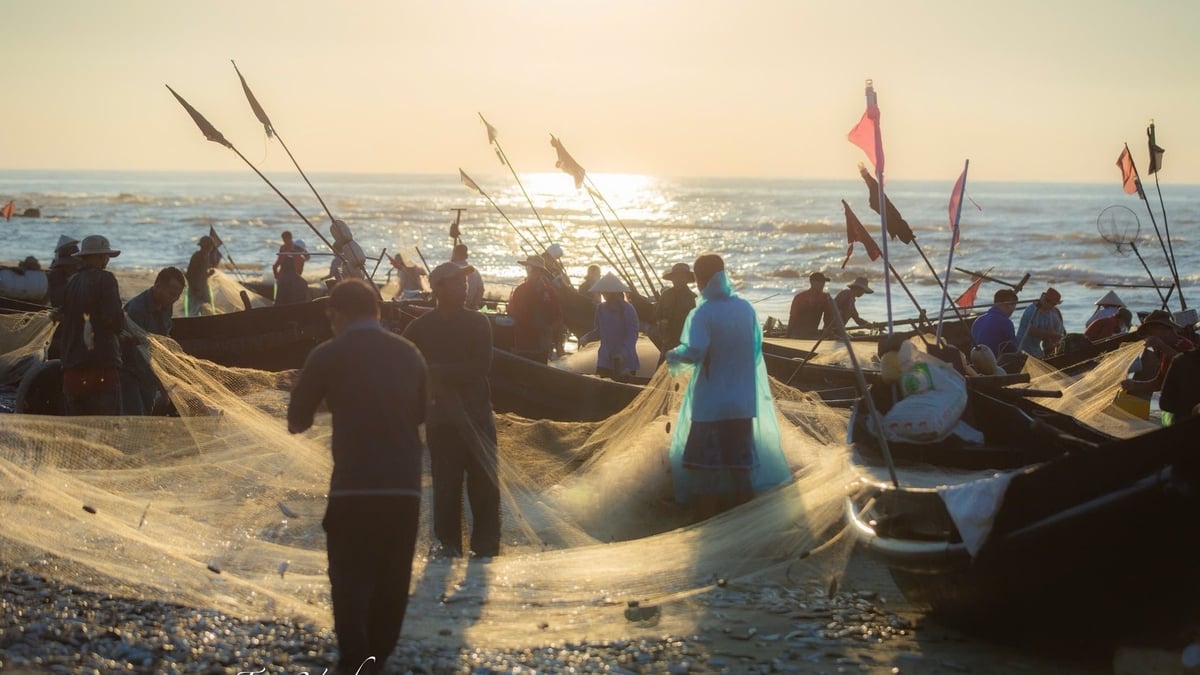
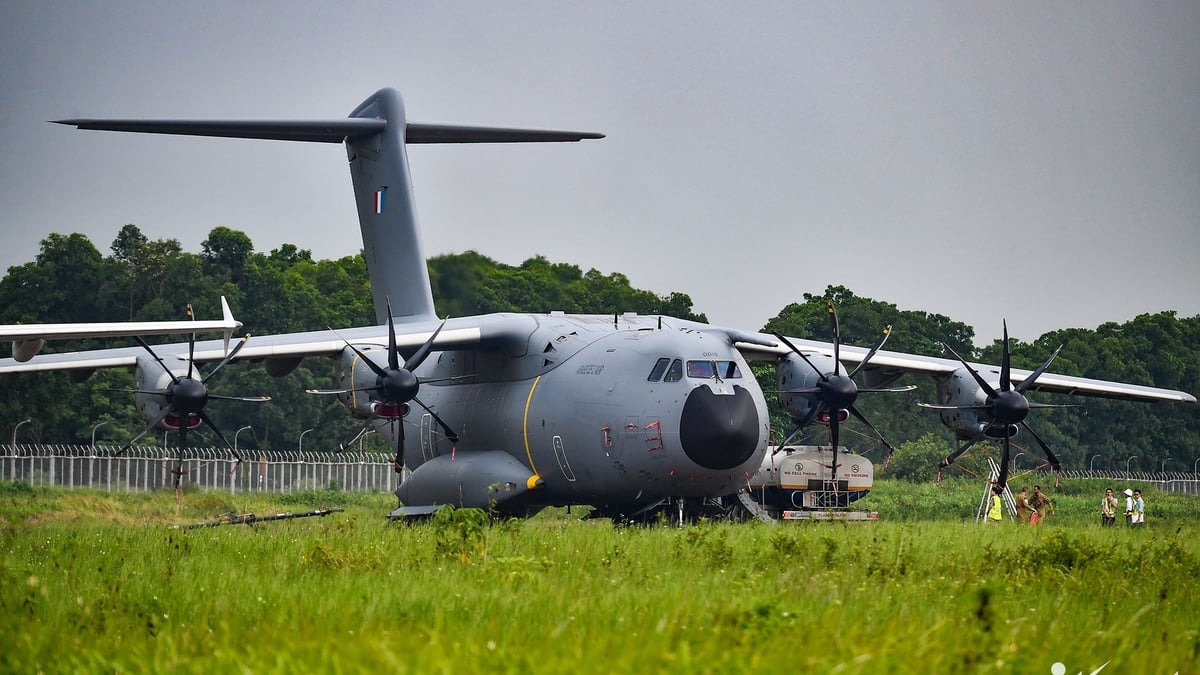


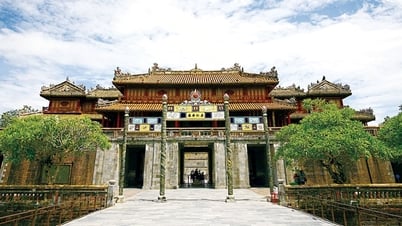

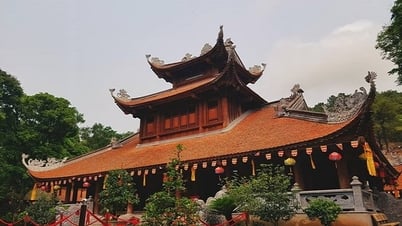



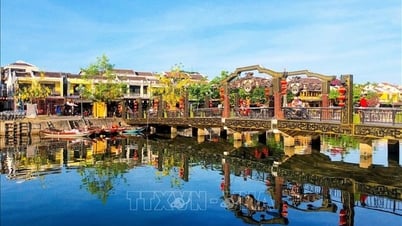

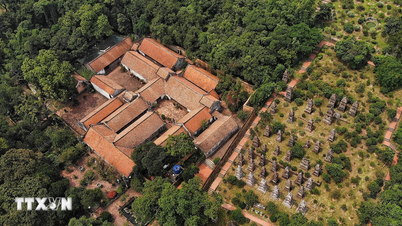




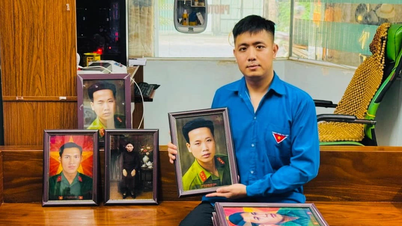



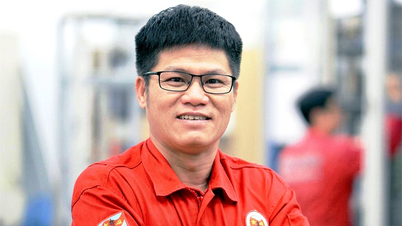



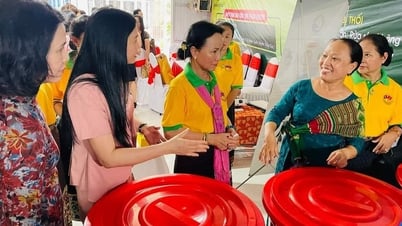




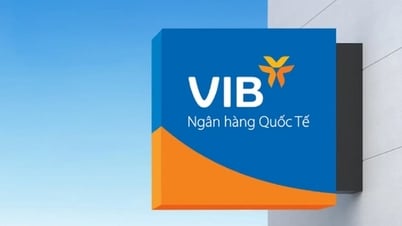
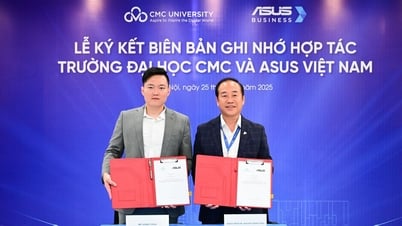









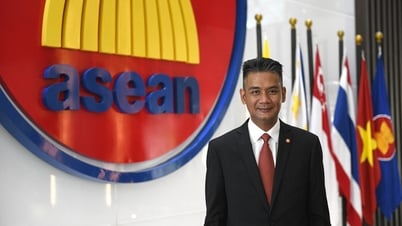
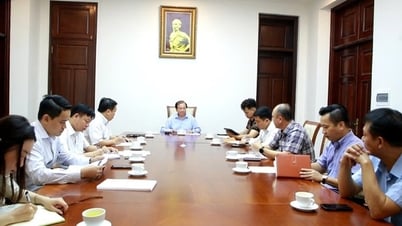



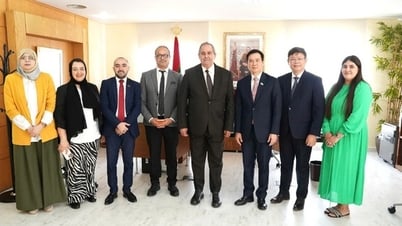

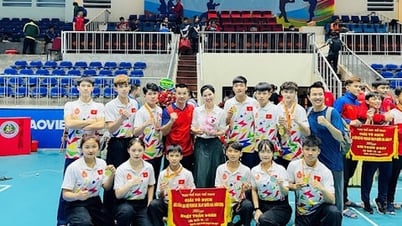
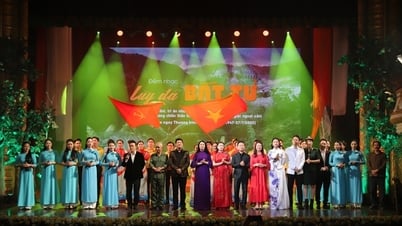





















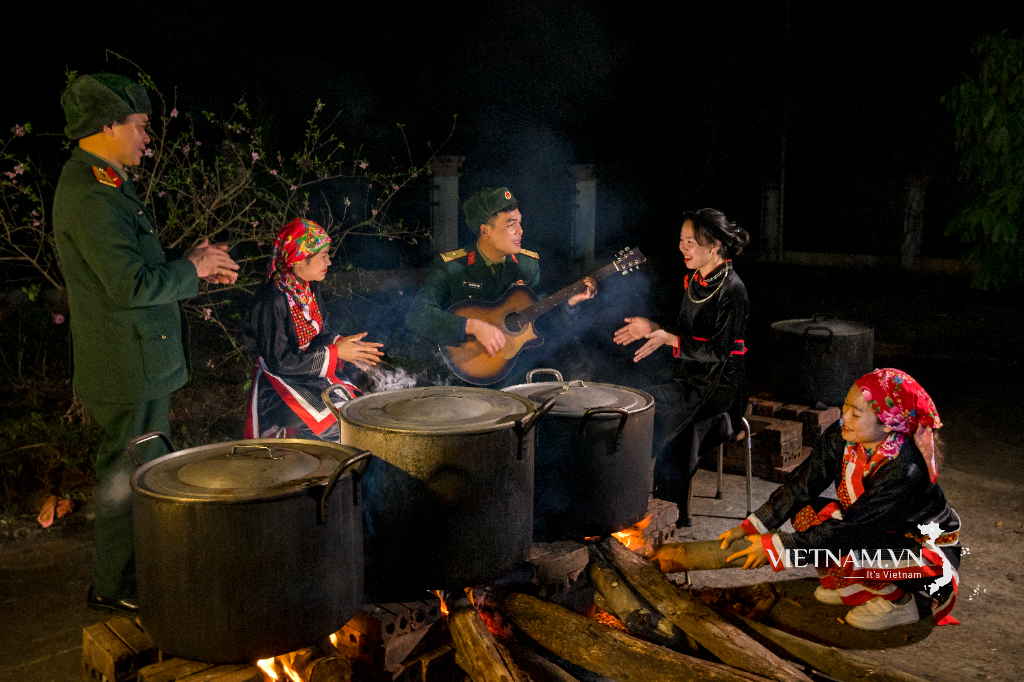

Comment (0)